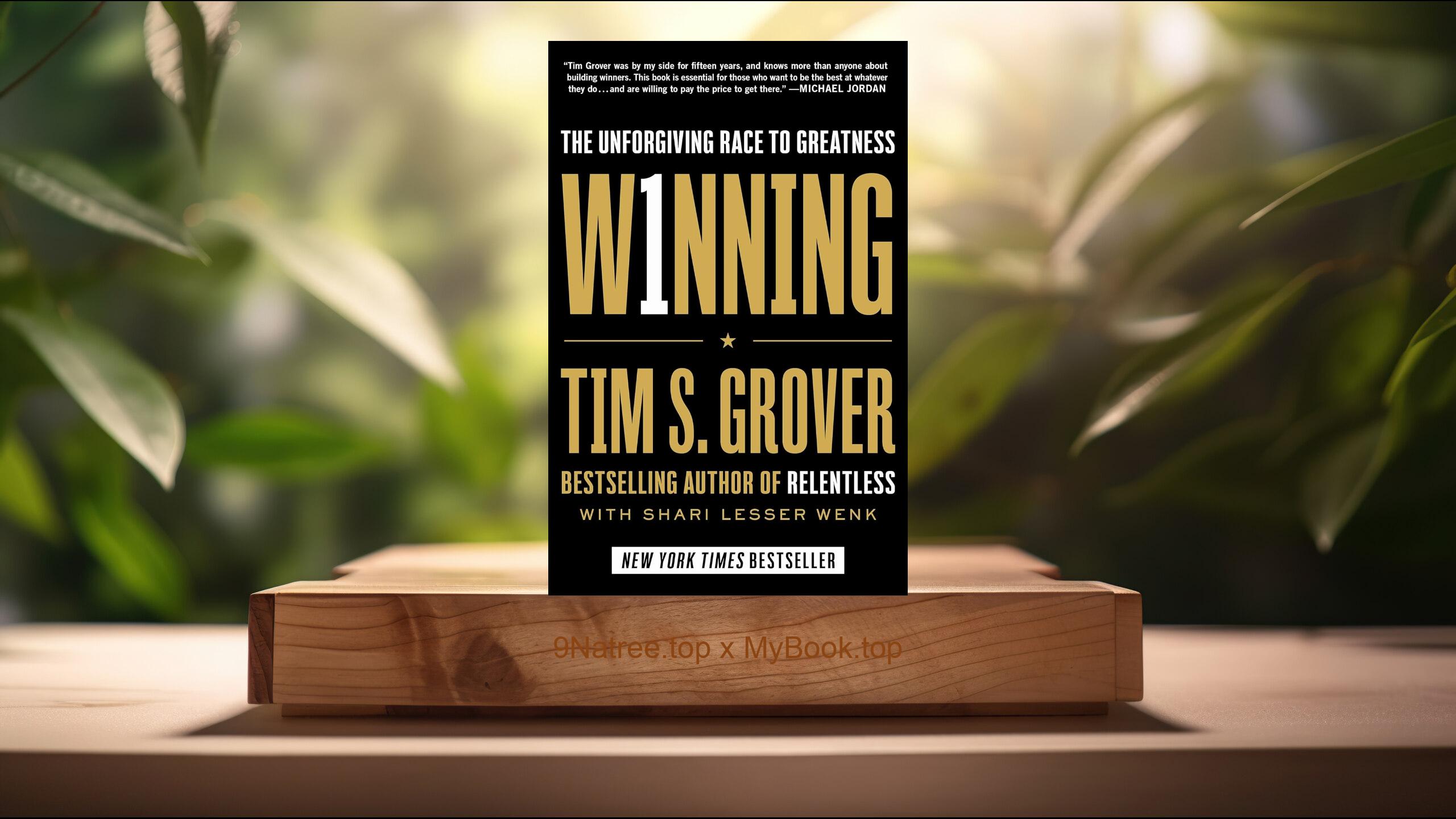Show Notes
- Amazon US Store: https://www.amazon.com/dp/1440595135?tag=9natree-20
- Amazon Worldwide Store: https://global.buys.trade/Investing-101-Michele-Cagan-CPA.html
- Apple Books: https://books.apple.com/us/audiobook/investing-101/id1508506992?itsct=books_box_link&itscg=30200&ls=1&at=1001l3bAw&ct=9natree
- eBay: https://www.ebay.com/sch/i.html?_nkw=Investing+101+Michele+Cagan+CPA+&mkcid=1&mkrid=711-53200-19255-0&siteid=0&campid=5339060787&customid=9natree&toolid=10001&mkevt=1
- Read more: https://mybook.top/read/1440595135/
#InvestingStrategies #FinancialPlanning #StockMarketBasics #BondInvestment #ETFs #IPOAnalysis #PortfolioManagement #Investing101
These are takeaways from this book.
Firstly, Understanding the Basics of Stocks, The foundational knowledge of stocks is crucial for any investor. Michele Cagan begins by demystifying stocks, explaining their nature as shares of ownership in a company. She elaborates on how stock prices fluctuate based on company performance and market perception, thereby affecting the investor’s portfolio. The section serves as a primer on different types of stocks, such as common and preferred stocks, and how investors can assess their value and risks associated with them. Cagan also discusses the importance of diversification within stocks to mitigate risk and improve the potential for returns. Understanding these basics equips investors with the knowledge needed to make informed decisions in the stock market.
Secondly, The Role and Risks of Bonds, Bonds are another cornerstone of a diversified investment portfolio. In this section, Michele Cagan explores the different types of bonds, including government, municipal, and corporate bonds, and the ways they can provide stable income through fixed interest payments. She explains the inverse relationship between bond prices and interest rates and how this affects the bond's yield. Cagan also addresses the risks associated with bonds, such as credit risk and interest rate risk, and strategies to mitigate these risks. This comprehensive overview helps investors understand how bonds can act as a counterbalance to the more volatile stock investments, contributing to a well-rounded investment strategy.
Thirdly, Exploring Exchange-Traded Funds (ETFs), Exchange-Traded Funds (ETFs) represent a modern approach to investing that combines the best features of stocks and mutual funds. Cagan provides a detailed breakdown of how ETFs work, including their low cost, tax efficiency, and the way they are bought and sold like stocks on stock exchanges. She discusses the different types of ETFs, from bond ETFs to commodity ETFs, and how they can be used to gain exposure to different market segments and diversify a portfolio. The explanation on ETFs is geared towards helping investors understand how to use these instruments to enhance their investment strategy without incurring the high fees associated with traditional mutual funds.
Fourthly, The Intricacies of Initial Public Offerings (IPOs), Initial Public Offerings (IPOs) offer a unique opportunity for investors to partake in a company's growth from an early stage. Cagan demystifies the process of a company going public, the potential rewards, and the significant risks involved. She elaborates on how to evaluate an IPO, considering the company's financial health, market potential, and the timing of the investment. Cagan cautions against the hype often associated with IPOs, advocating for a thoughtful and well-researched approach. This section is especially valuable for investors looking to expand their portfolios with potentially lucrative, yet volatile, IPO investments.
Lastly, Building a Profitable Investment Portfolio, The culmination of Investing 101 is Michele Cagan’s strategic guidance on constructing a profitable investment portfolio. This involves not just choosing the right mix of stocks, bonds, ETFs, and IPOs, but also considering one's financial goals, risk tolerance, and investment horizon. Cagan emphasizes the importance of continuous learning, staying updated with financial news, and being patient and persistent. This section provides critical strategies for portfolio management, including asset allocation, rebalancing, and the role of diversification in minimizing risk while maximizing returns. Cagan's expertise shines as she guides readers through the practical steps of building and maintaining a portfolio that aligns with their financial objectives.
![[Review] Investing 101 (Michele Cagan CPA) Summarized](https://episodes.castos.com/660078c6833215-59505987/images/1861253/c1a-085k3-kpd9480qu73-ddtiih.jpg)




